How to deal with digital reference material
In today’s Covid world, artists, like everyone else, have not been exempt from pandemic related problems. As a realist painter, I have always chosen to work from life, whether my subject is a figure, still life, or landscape. What I enjoy about working from life is that both eyes give me the depth perception that I would not get from a photo, not to mention all the subtleties of light, shadow, color, and edges. However, in this new world, even a classically trained artist like myself has had to transition to the digital age. Over the course of a year, I painted a body of work featuring myself as the model. Some of the pieces were painted from photos.
The first thing I discovered, as silly as it may seem, was the intense amount of eye strain I experienced. It was an adjustment I had to make, as I never had this problem when painting from life. I started using eyeglasses that really helped combat the problem and made the process easier for me. On the technical side, I quickly discovered that our eyes see things differently from a photo than from life. I had to fill in the blanks and create the many elements that I could not see in the photo. Another issue I quickly encountered was related to proportion size. I was accustomed to working life-size or sight-size, and found it challenging to make the proportional changes in my mind. To address this problem, I had to adjust my painting size to match the reference image.
I found that using a grid was useful in keeping track of the proportional distortion. As you can see in the image below, I started with a grid to place the big shapes and complete the drawing. To see the painting and reference photo I used a mirror to make proportional comparisons. I also worked upside down and sideways for the same purpose. On a funny note, I found that closing one eye also helped correct the distortion that comes from using two eyes (lenses) to interpret an image captured by a single camera lens.
Lastly, and perhaps most importantly, a quality photo is of the utmost importance. Photos tend to distort things, especially when compressed. Without an exceptional photo, you miss the subtle nuances that typically only appear when working from life. To fill in some of the missing links, I would prepare four images: the original, a more contrasted version, a black and white, and a slightly desaturated version. This allowed me to switch between images and see some of the things that I would expect to see when working from life.
Though I have always considered myself a classically trained realist, I must admit, I also enjoy painting from a photo. You do not have to work as quickly – you can take your time! And once I figured out solutions, I found it just as fulfilling as painting from life.
If you would like to see more photos of this body of work, titled “A Fool’s Journey” check out my website www.leahlopez.com. You’ll also find some free instructional videos there!
Be safe and happy painting!
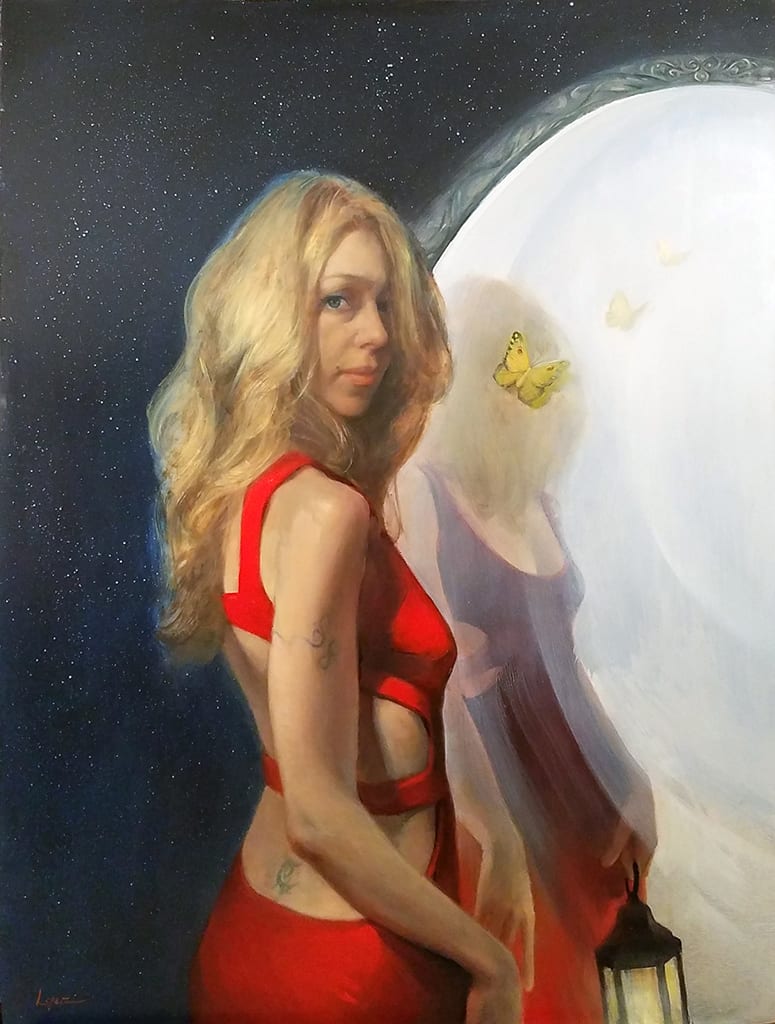
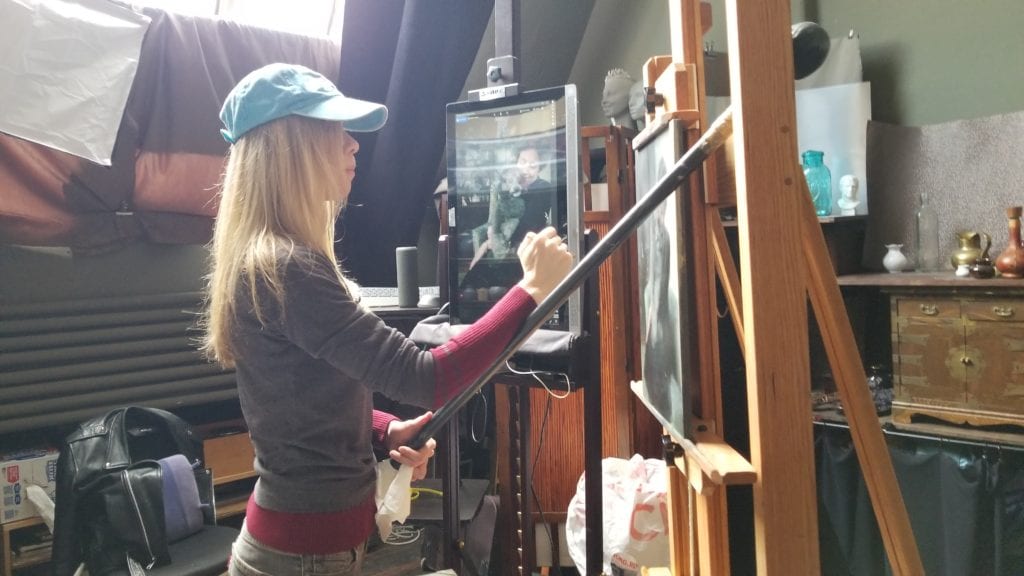
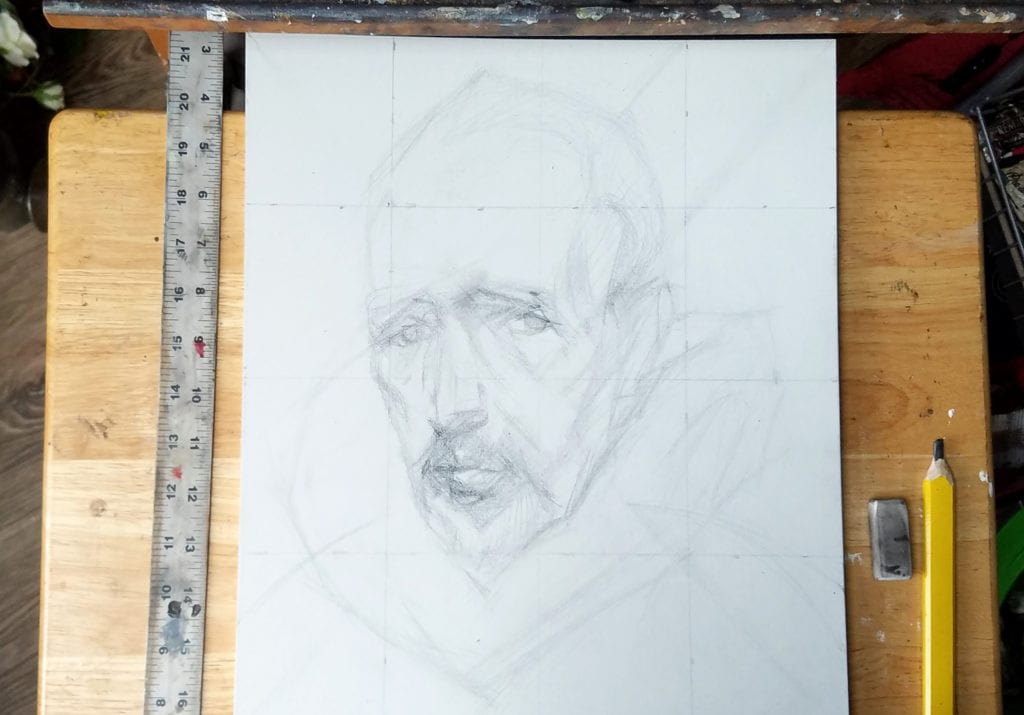
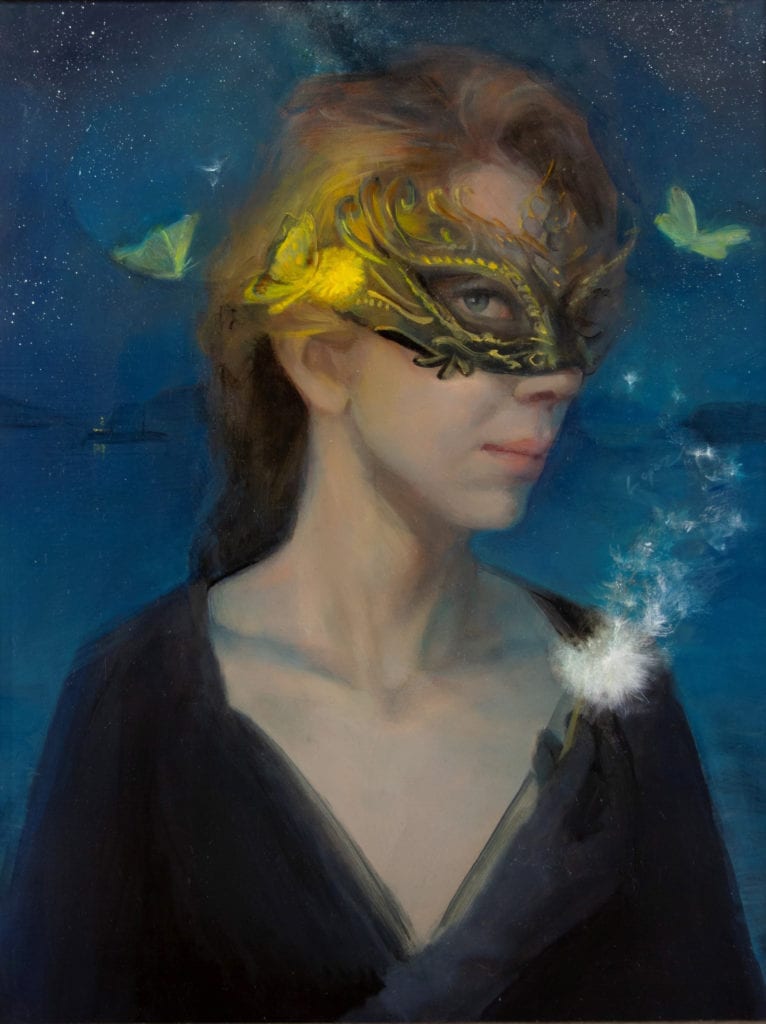
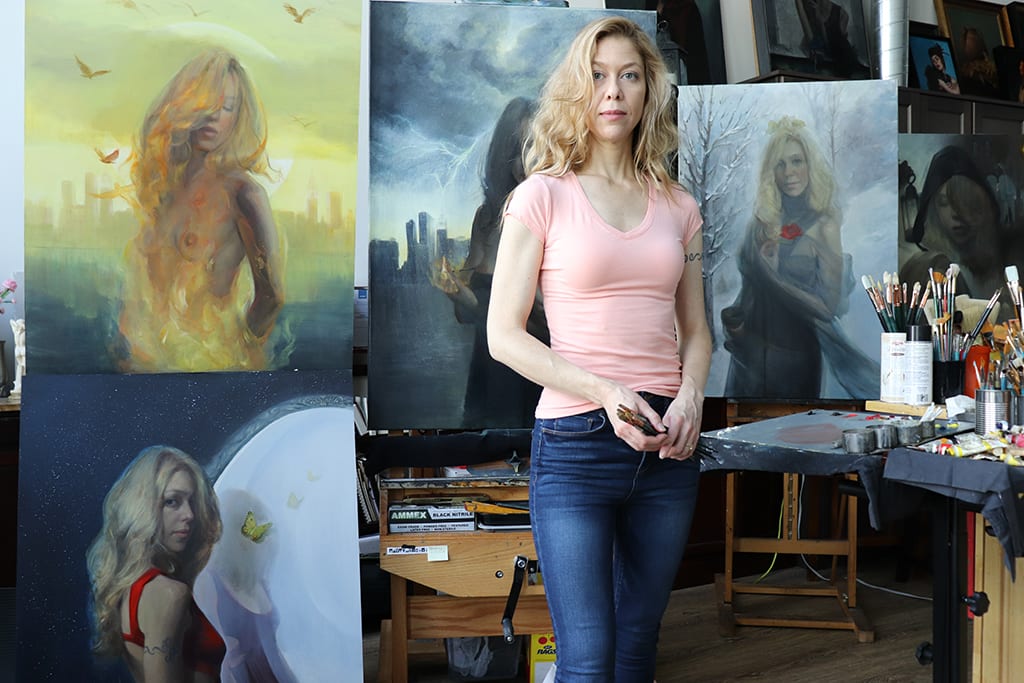
Leave a Reply